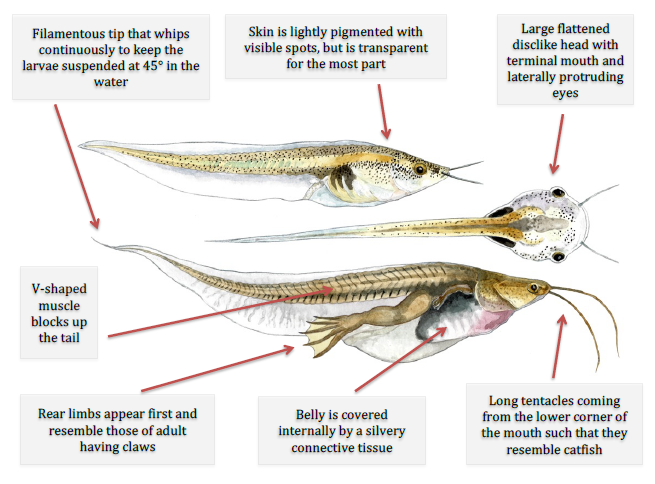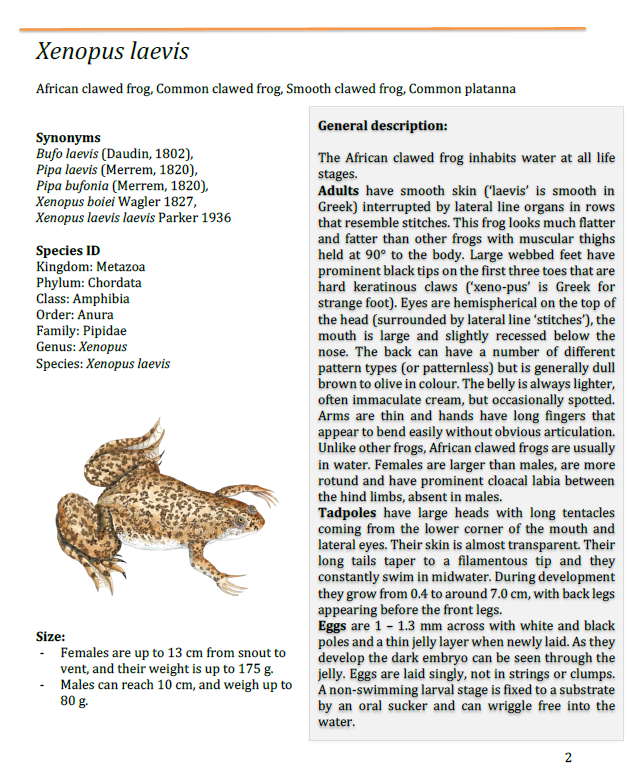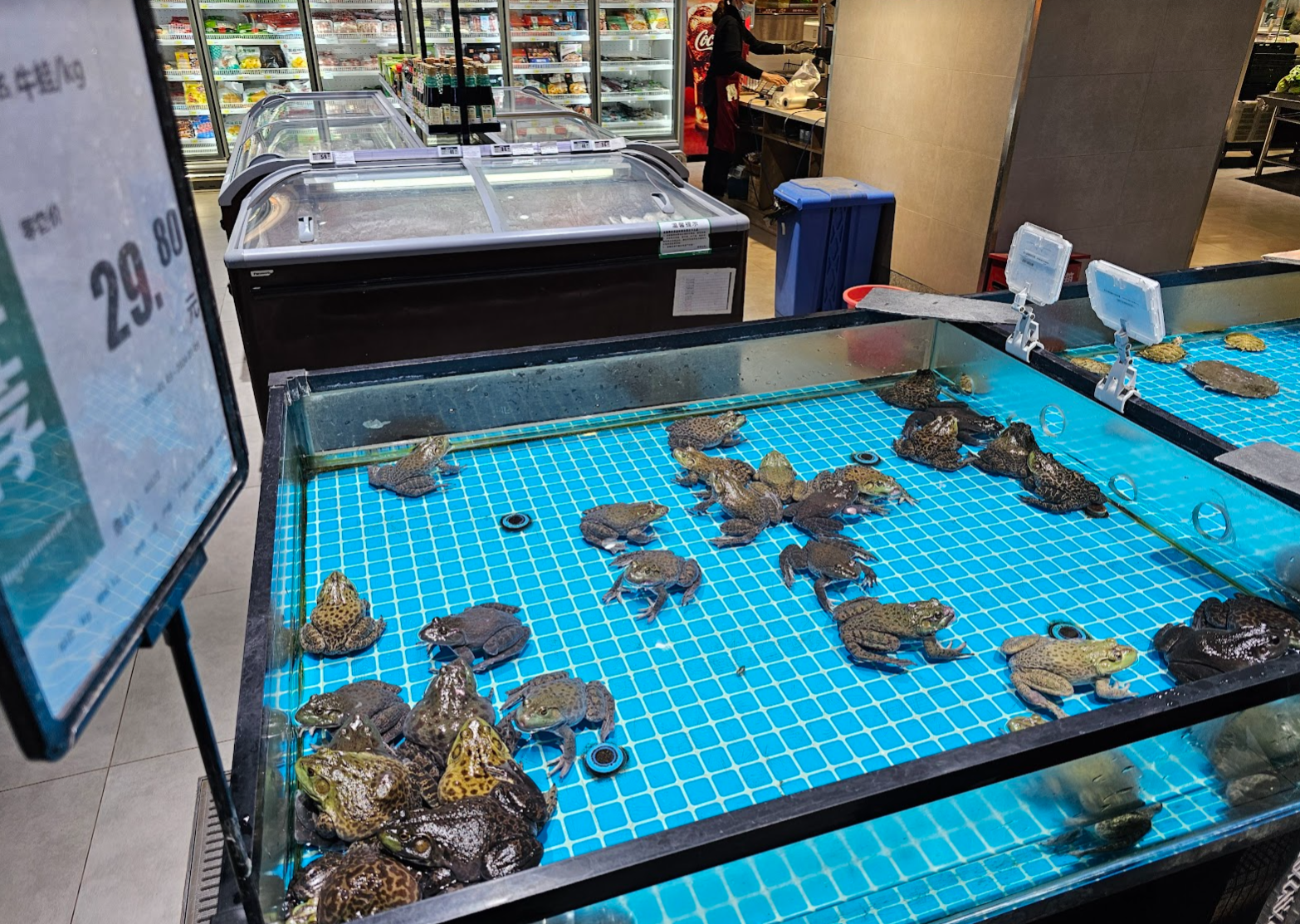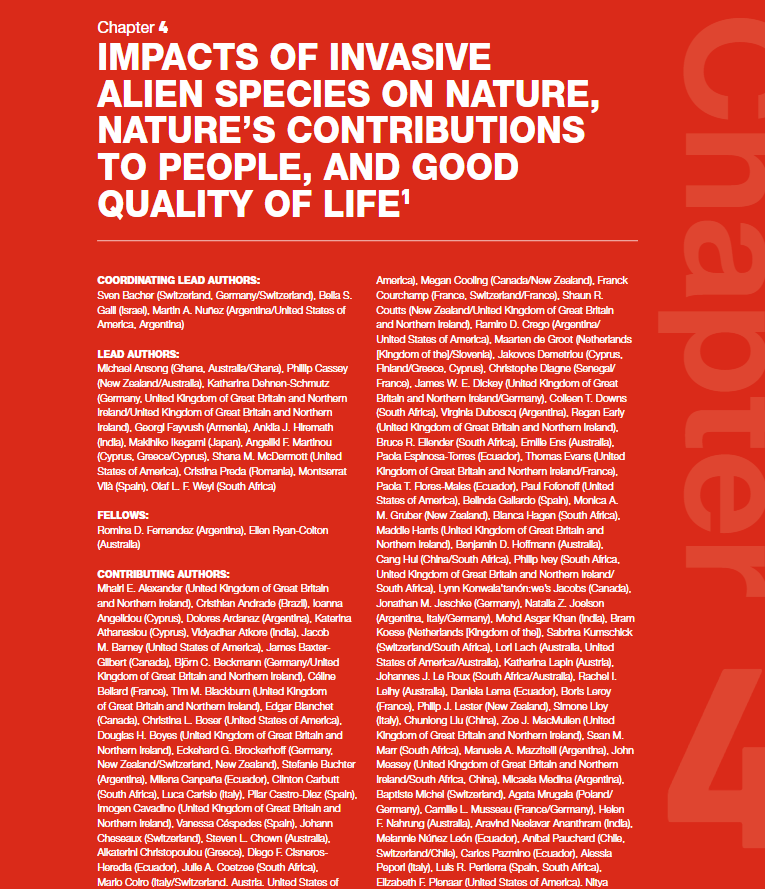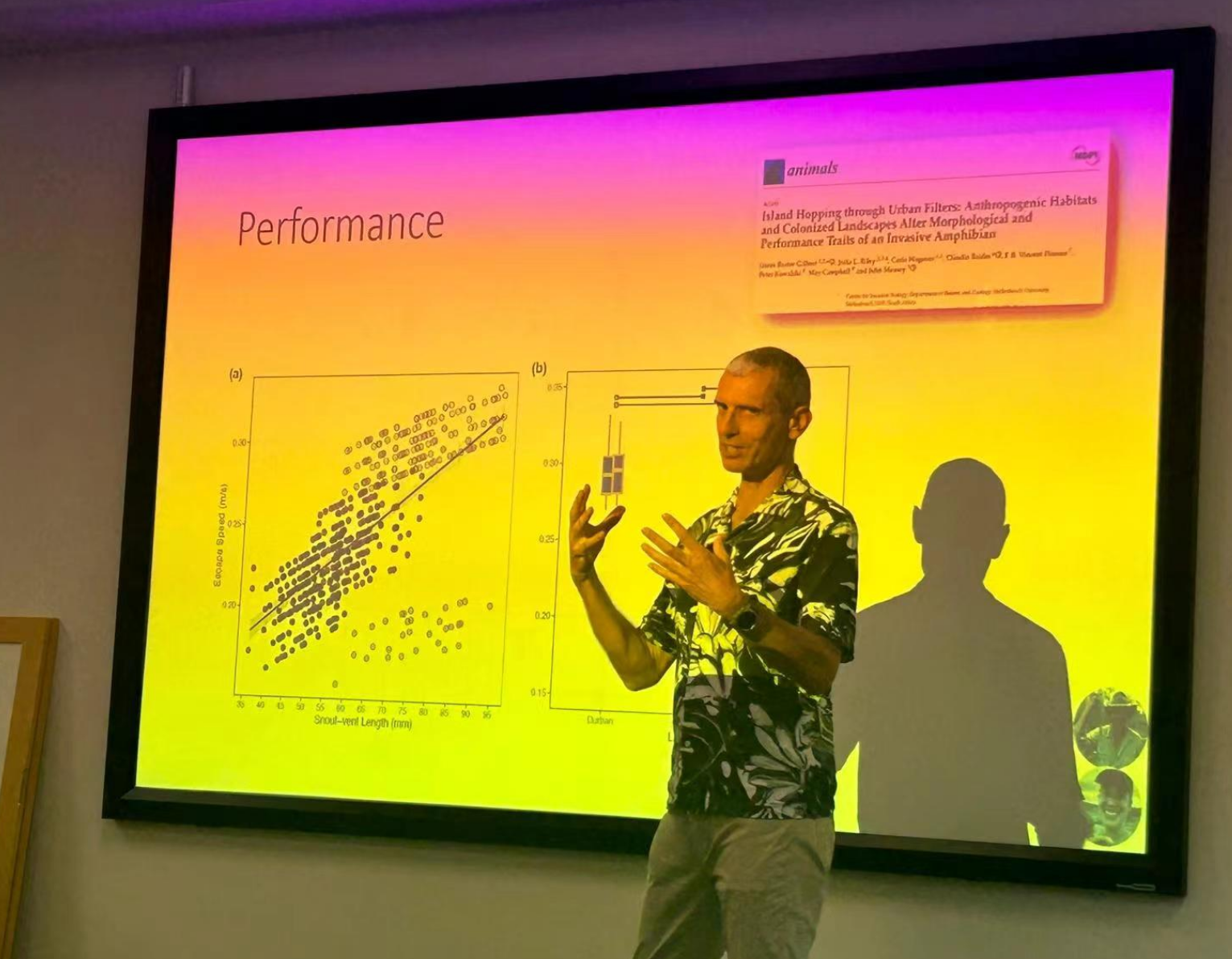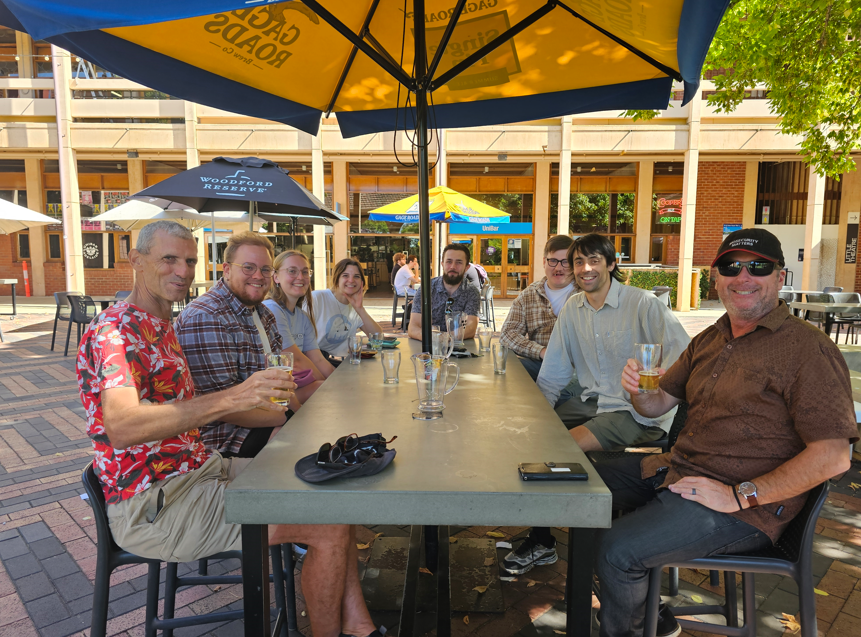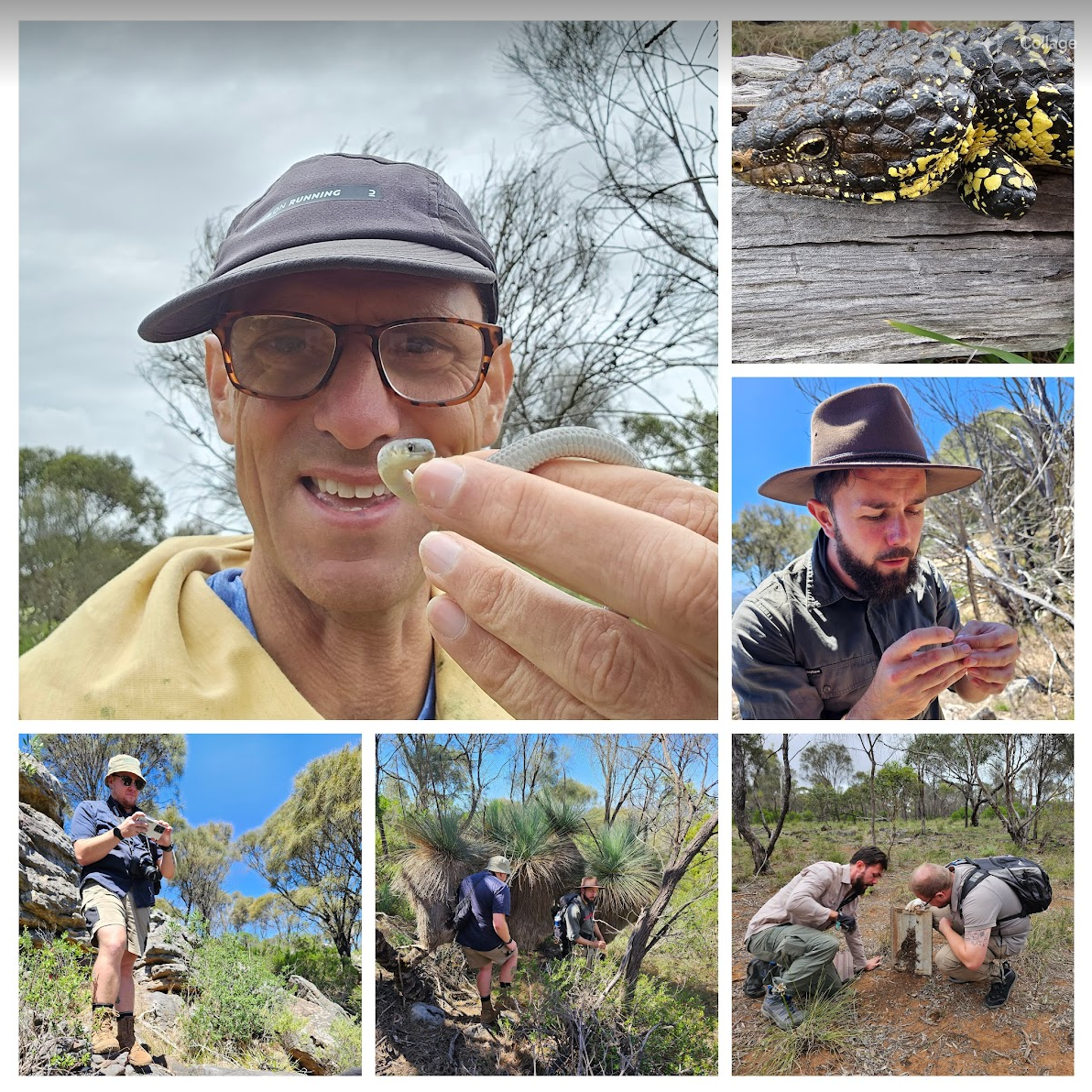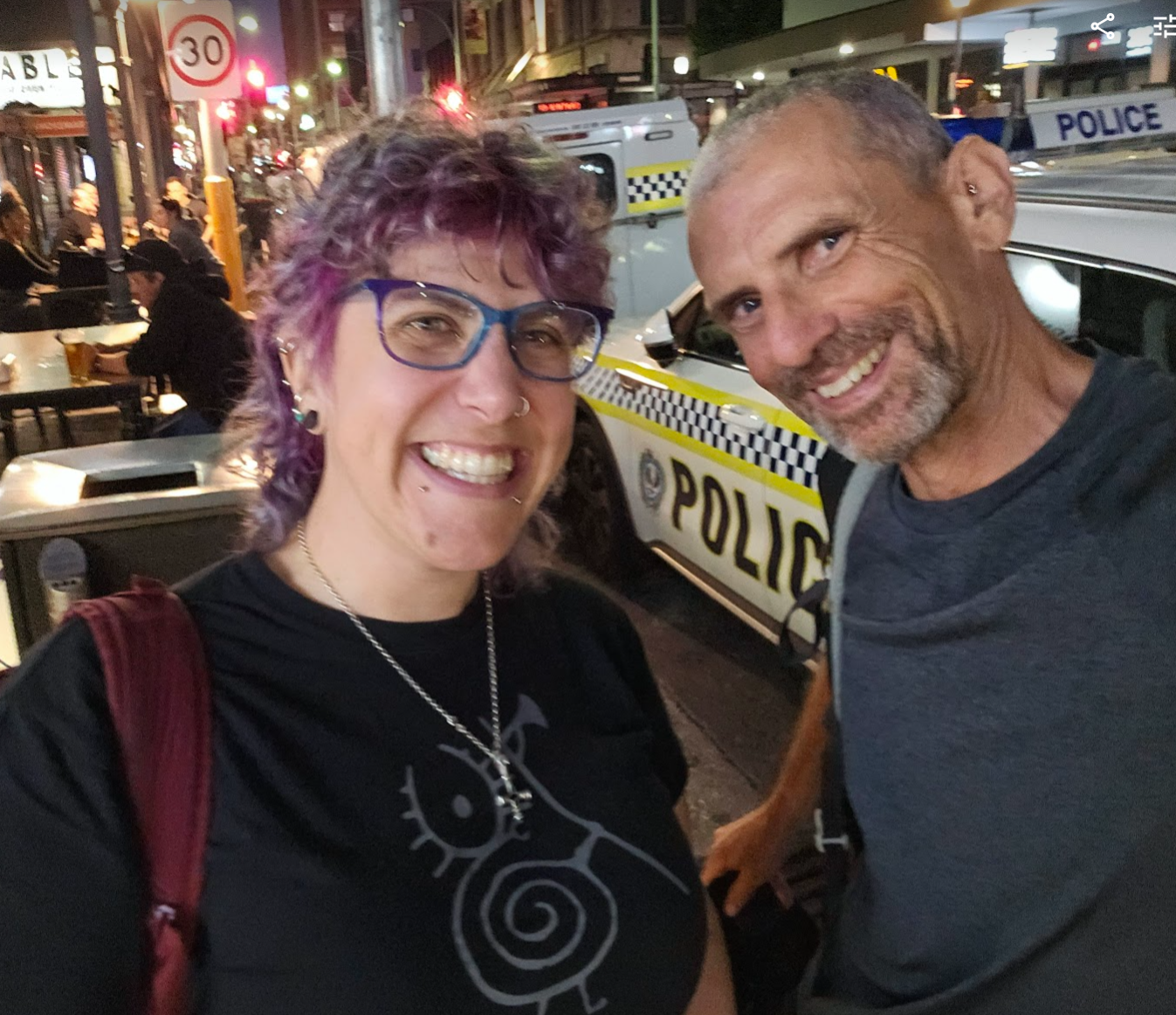Helping the EU with an identification guide
Today the EU published an identification guide to Xenopus laevis in the European Union. I was asked to help create the text for this guide and to provide consistent differences for identification of Xenopus laevis in comparison with other anurans that occur there. An artist was asked to provide the images.
This was a challenging task. Although many people have previously described these frogs, imagining oneself either in the field or in a customs building, coming across these frogs for the first time, I had to ask: what are the easiest and most simple means to identification? I think that the results are good and comprehensive.
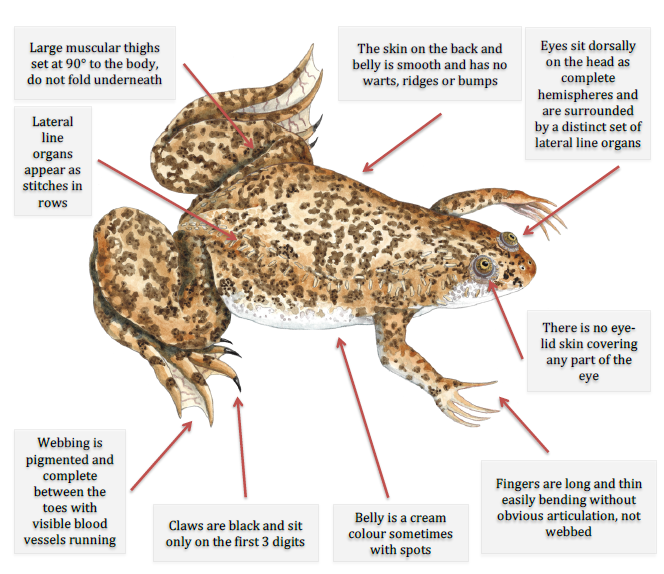
But don't take my word for it, download the identification guide (here) and judge for yourself.
